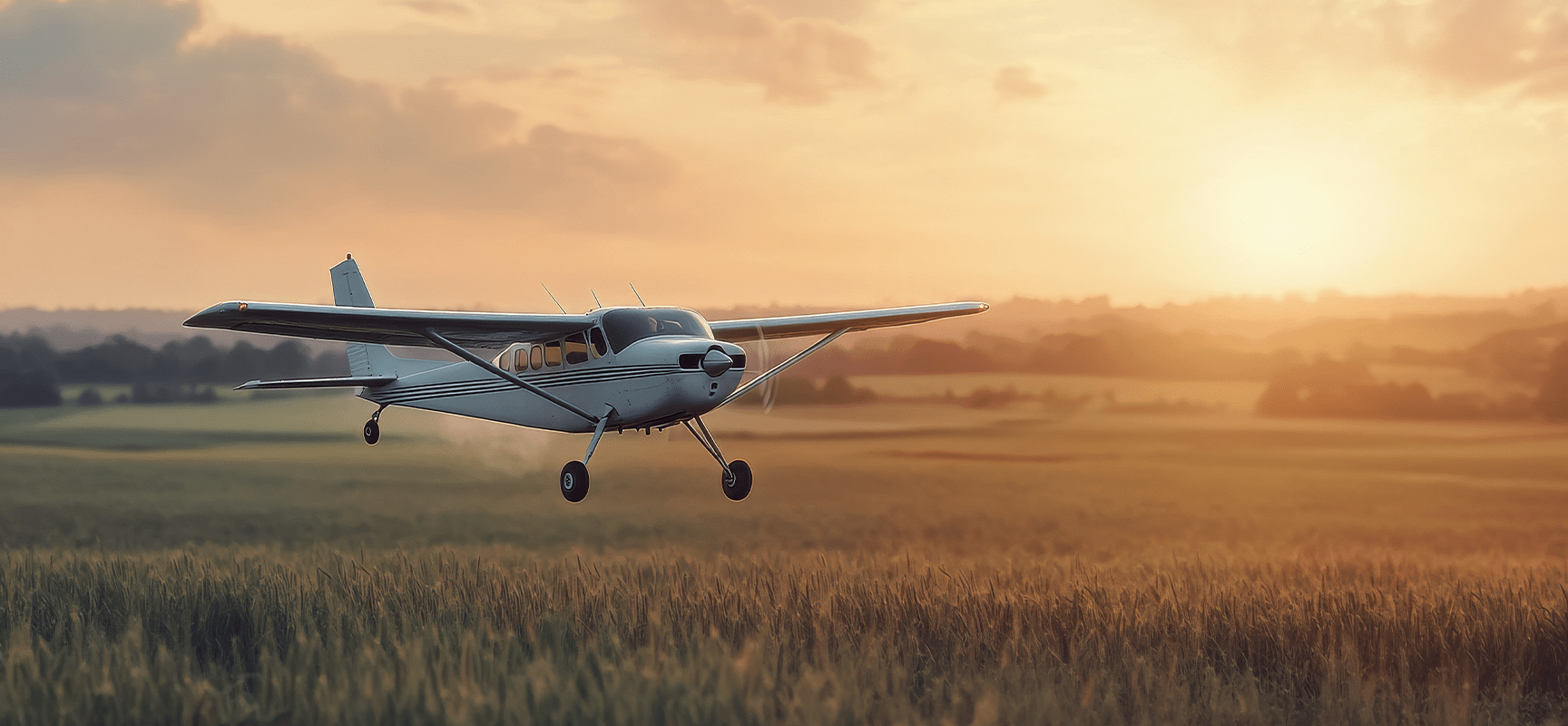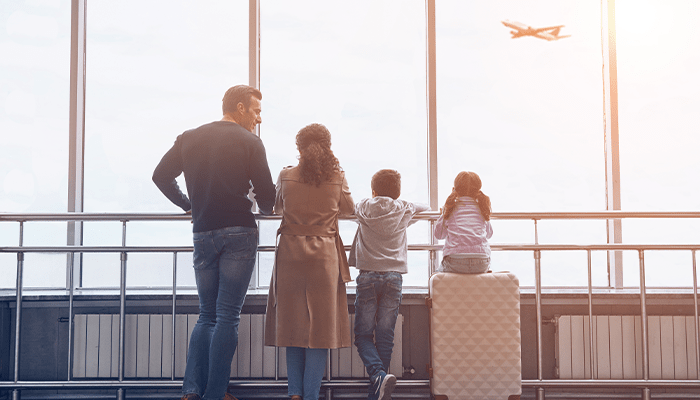
Understanding Liability Insurance
The physical damage coverage on your airplane is a fixed amount of exposure. That is, the maximum you stand to lose is the value of the aircraft, which is known. However, with liability insurance, you won’t know the maximum amount of the exposure until AFTER a loss, when you find out how many people were injured or if property was damaged or destroyed. For that reason, logic dictates buying the highest liability coverage limit you can afford.
As stated earlier, many insureds don’t have a clear understanding of how liability insurance works. A common question we get is the following: “If I have a $10,000,000 per occurrence liability coverage limit, and my aircraft crashes with five total passengers on board who are injured or killed, how much does each passenger get from my liability coverage?”
The answer is they don’t get anything… automatically. Think of liability insurance as lawsuit protection. As an aircraft owner, the passengers can certainly sue you for bodily injury, and if you damaged any property during the aircraft accident, those property owners can sue you. Liability insurance protects you, the owner, against those lawsuits. If a settlement offer is made or a judge or jury delivers a verdict against you, the liability coverage will pay those claims up to the limit of your coverage. Keep in mind, if one passenger successfully sues you for $8M, that leaves $2M of coverage limit [using the claim example above] for any other claims of bodily injury or property damage arising from the loss. An important point is that your liability insurance provides legal defense costs in addition to and not as part of your liability coverage limit.
Insurance can be complicated, and you should ask any questions you have about coverage before a loss, not after. Contact your AssuredPartners Aerospace insurance broker with any insurance topics you have questions about or would like further education on. For additional information or to learn more about us, visit our website.
Featured News & Insights

Transitioning to a higher-performance aircraft is an exciting milestone for any pilot. However, whether the transition is from fixed gear to retractable, single to multi-engine, piston to turboprop,...

Aviation accidents, though rare, can have devastating consequences. In the aftermath of such events, the families of passengers and crew often face emotional and financial turmoil. This is where...

Insurance is a crucial part of financial planning, providing peace of mind and protection against unforeseen events. However, not all insurance brokers operate with integrity. Some brokers exploit...